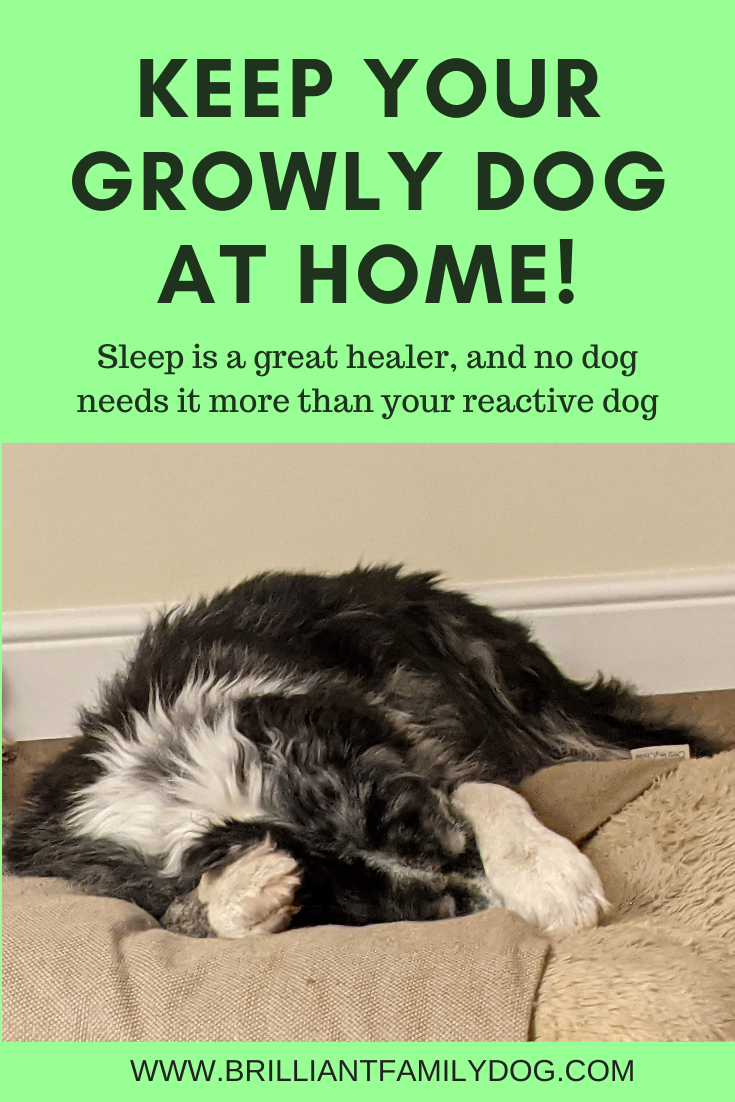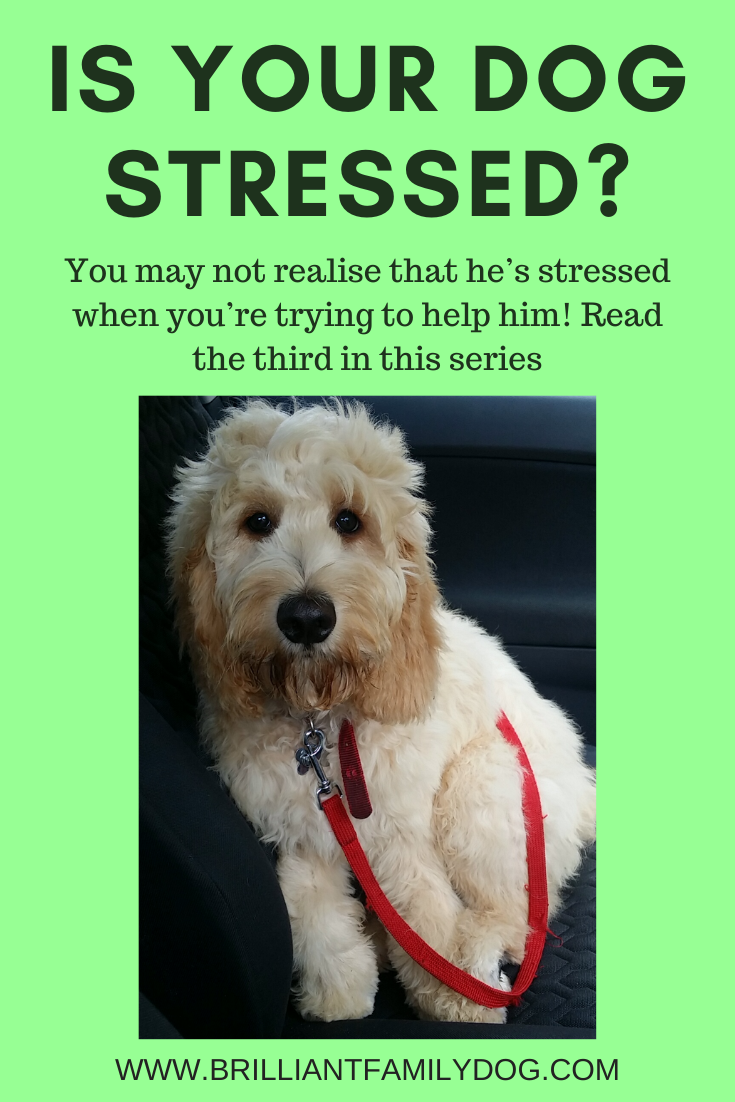Over here in England we are having one of our rare snow attacks. They’re sufficiently unusual to bring everything to a stop. It’s simply not realistic to spend the necessary money to alter the infrastructure for just a few days a year, as is the norm in countries where snow is a commonplace.
It’s very cold, the roads and paths are icy, there’s a biting wind … All in all, it’s keeping people at home.
And this is the perfect opportunity for you to give your Growly Dog a break!
Either you venture out into the freezing weather and enjoy the solitude, or you simply stay home and let your dog romp around the garden, dancing in the snow.
A Cortisol Holiday
Did you know that once hormone levels are raised in a fight-or-flight response, that it can take three whole days for them to go down again?
That’s one of those actual, indisputable, scientific facts I come out with from time to time!
This means that when your anxious, reactive - Growly - dog has an unpleasant incident when out and about, you should cut home straight away and stay there!
For three days.
What can you do during those days?
Well, how about some games? I give you loads in our Academy
How about some scent activities? Just hiding a sock to start with!
How about some tricks? Tricks are such fun to teach and to learn! Plenty of those in the Academy too.
And how about some R & R? Just chill with your lovely dog. If there’s been an upsetting incident on a walk, your hormones will be whizzing around too!
Remember what you love about your dog, why you got him in the first place. Enjoy his furry, comforting presence.
Walks can happen another day. Your bond with your dog can be growing all the time!
Exercise?
This is the point where people start to panic, and say, “My dog will go up the wall if I don’t take him out at least 1/2/3 times a day!”
The last time I suggested this course of action on a Workshop I was giving to several thousand people, there were many who said this.
Some flatly refused. Their minds were totally made up and they weren’t going to take any risks by trying something new!
But those who grudgingly agreed to try it (along with all those who were very happy to hear a new idea) were astonished by the results:
◆ They found that they enjoyed the “extra” time with their dog.
◆ Their dog slept much, much, more than they expected.
◆ Life grew calmer.
◆ They loved their dog again!
And when the three days were up, they were able to venture out again on much calmer walks.
And no, their dog didn’t get fat. If weight gain is a problem for your dog, you may have to reduce his meals slightly for those three days. But you should be able to play active games - even without a garden - that will use up some of his calories.
And, of course, brain work is much more tiring than walking. Trying some of the new activities with your dog that I suggest above, will result in new learning: and that will certainly use up calories!
So take advantage of our wintry weather and keep your Growly Dog at home.
And always do that after something bad has happened. You’ll find the results eye-opening.
For a free e-course to help you with your reactive dog, go to www.brilliantfamilydog.com/growly






















